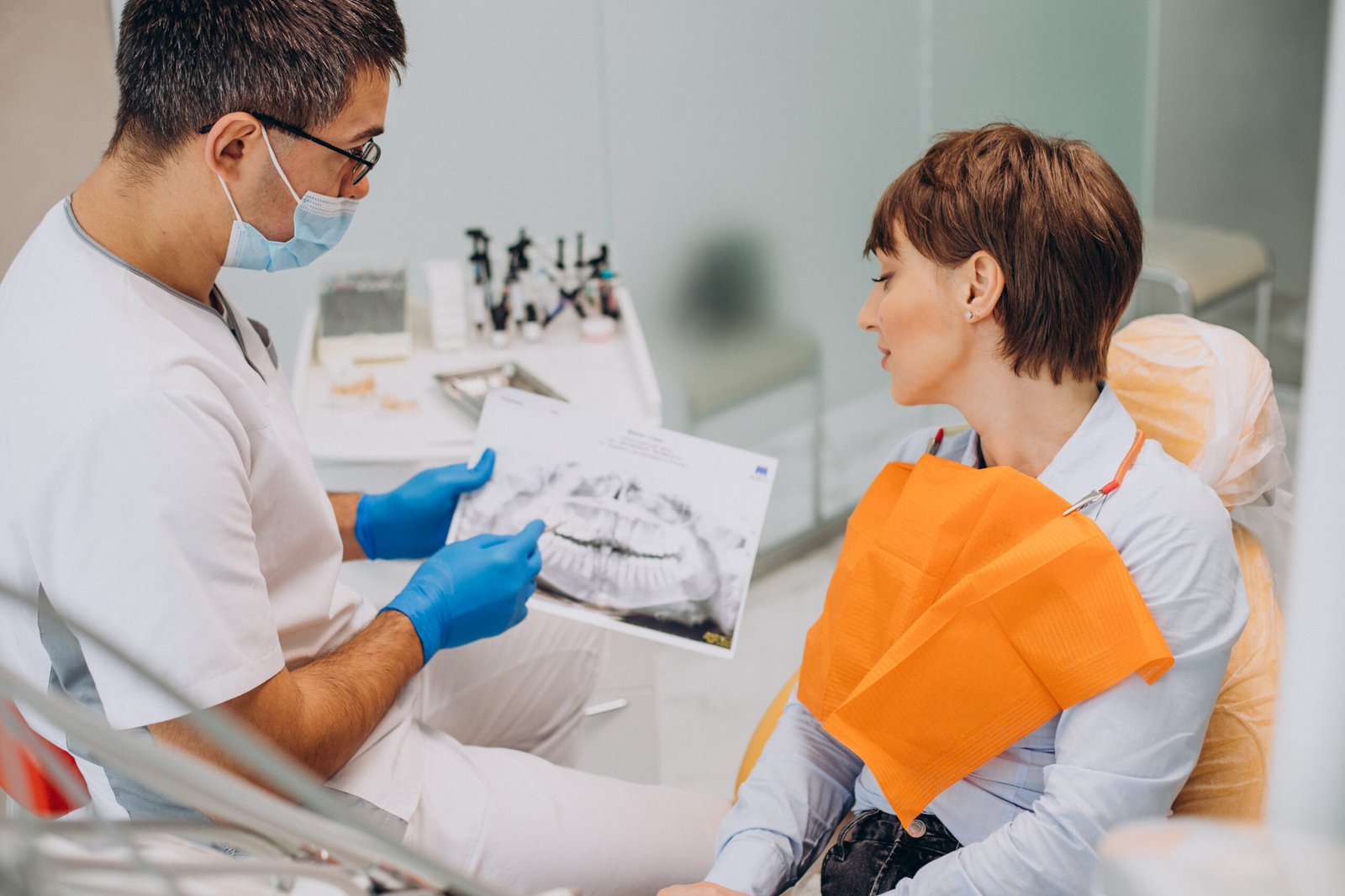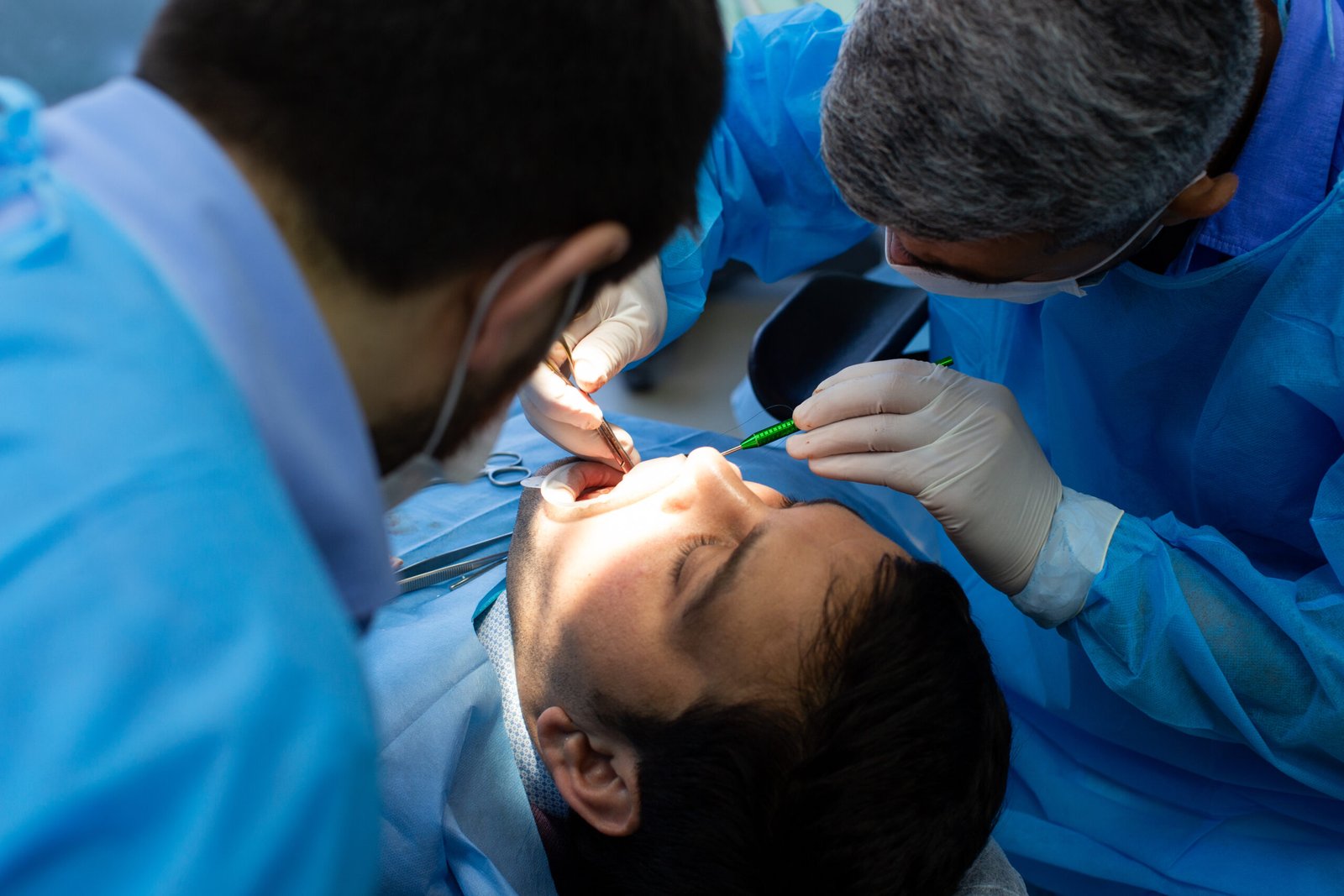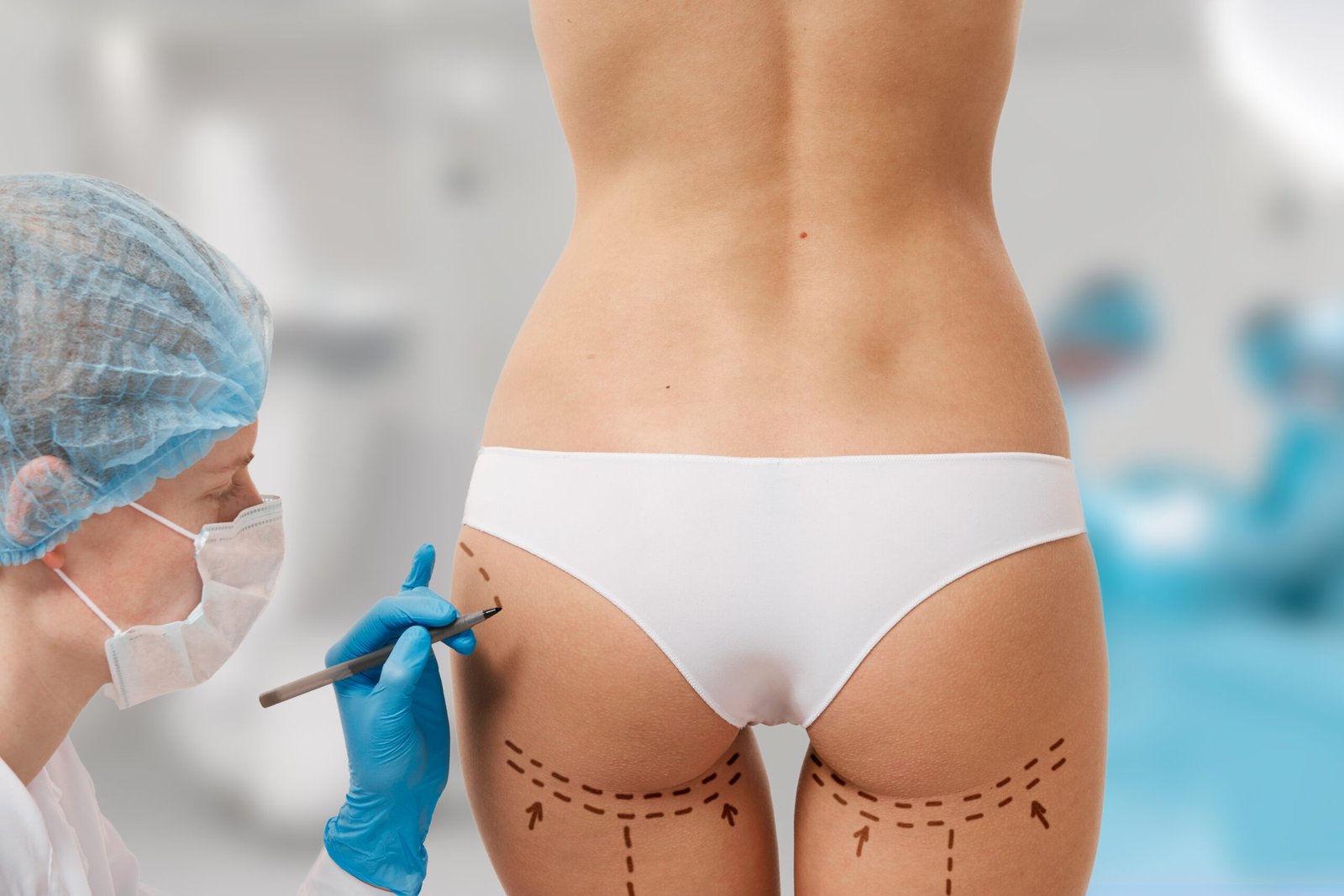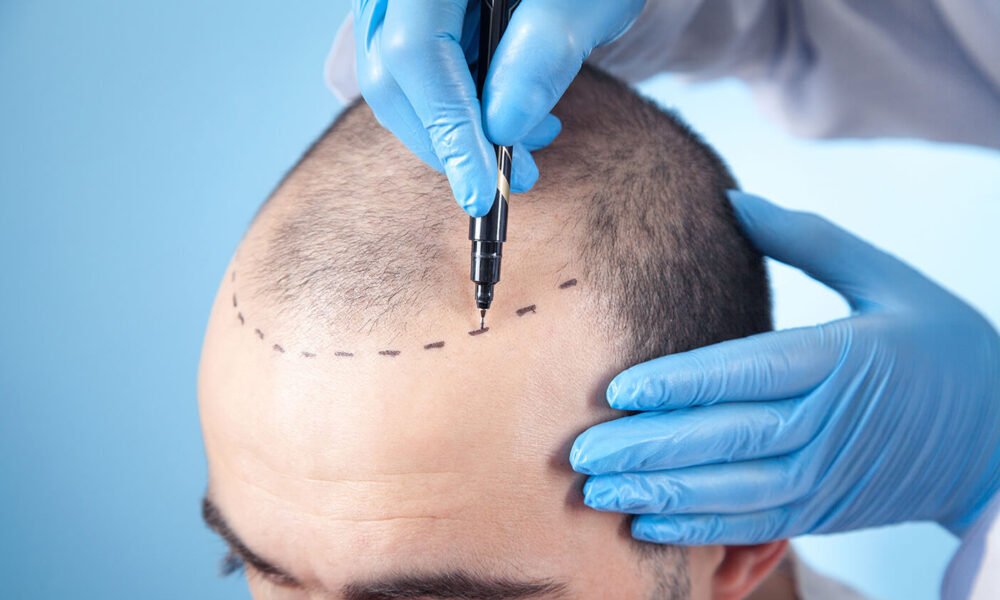Aging is a natural part of life, but that doesn’t mean we have to accept every visible sign of it. Facial aging manifests in various ways, including wrinkles, sagging skin, and loss of facial volume. Fortunately, advancements in cosmetic surgery offer solutions like facelifts to address these concerns and rejuvenate the appearance.
What is a Facelift?
A facelift, also known as rhytidectomy, is a surgical procedure that aims to restore a youthful appearance to the face and neck. It addresses concerns like:
- Loose and sagging skin: The procedure tightens sagging skin on the cheeks, jowls, and neck, creating a more defined jawline and smoother facial contours.
- Deep wrinkles and folds: Facelifts can target deep wrinkles and folds around the mouth, nose, and eyes, providing a more youthful and refreshed look.
- Loss of facial volume: Some facelift techniques involve fat grafting or implants to restore lost volume in areas like the cheeks and temples, enhancing facial fullness and definition.
Types of Facelifts:
- Traditional facelift: This comprehensive procedure addresses the entire face and neck, offering the most dramatic results.
- Mini facelift: This less invasive option targets specific areas, like the lower face and jowls, suitable for individuals with less severe concerns.
- Endoscopic facelift: This minimally invasive technique uses smaller incisions and special tools, resulting in shorter recovery times and less visible scars.
It was a wonderful thing, like a new lease of life. It was all still me, but I looked different.
– Sharon Osbourne
Benefits of a Facelift:
- Improved facial definition and contours: A facelift can restore a more youthful and defined appearance, enhancing self-confidence and overall well-being.
- Enhanced facial harmony: The procedure can improve the balance and symmetry of the face, contributing to a more aesthetically pleasing appearance.
- Long-lasting results: While aging continues, a facelift can offer significant rejuvenation effects that can last for several years.
Candidacy for a Facelift:
Individuals with good overall health, realistic expectations, and specific concerns about facial aging like wrinkles, loose skin, and loss of volume may be suitable candidates. A consultation with a qualified facial plastic surgeon is crucial to determine candidacy and discuss individualized treatment plans.


The Facelift Procedure:
The specific steps involved in a facelift procedure vary depending on the chosen technique and desired results. However, the general process often involves:
- Anesthesia: Local anesthesia with sedation or general anesthesia may be used, depending on the extent of the procedure.
- Incisions: Incisions are strategically placed, often in inconspicuous areas like the hairline or around the ears, to minimize scarring.
- Tissue manipulation: The surgeon tightens underlying muscles and facial tissues, removes excess skin, and redistributes fat for a more youthful appearance.
- Closure: The incisions are then carefully closed with sutures or skin adhesives.
Recovery after a Facelift:
Following a facelift, some swelling, bruising, and discomfort are expected. Most individuals experience significant improvement within a few weeks, while it may take several months for the final results to become fully evident.





















































Name*
katana